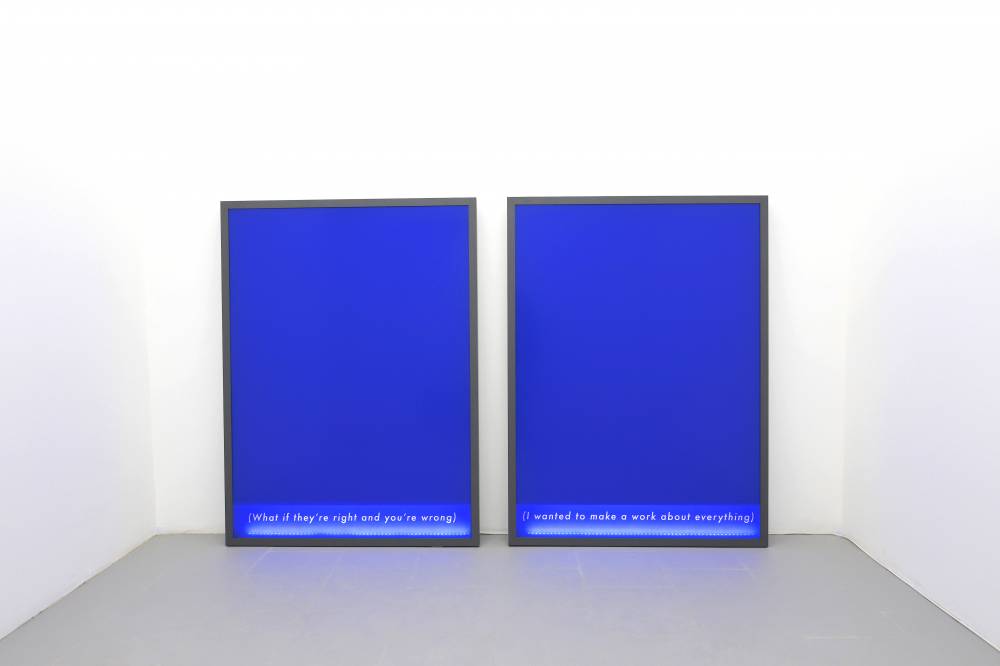The signs and signals of public spaces | Fenêtreproject
Teodor Reljic speaks to Dustin Cauchi and Francesca Mangion, who return to Malta to exhibit the latest work from their art collective, the Fenêtreproject – No Minimum Presence Required

What would you regard as some of the fundamental principles behind the Fenêtreproject, and how have these evolved over the years?
Since its beginning, it was important for us to attribute a fictional name to this collective. Rather than trying to veil the identity of the artists behind Fenêtreproject we felt that it was necessary to come up with a third designation. Fenêtreproject is not just the sum of two individuals who decide to start working together, nor is it a third entity.
Having had the chance to showcase your work abroad on various occasions, how have you learned to process your imaginary of what the Maltese scenario in terms of the visual arts is, was, and could be?
Using French and English in the name marks, in linguistic terms, a displacement. While the two of us are Maltese, we haven’t been residing in Malta for a while, so it is relatively difficult for us to place a value on the idea of home and geospecificity.

We would like to treat the Maltese scene as we would treat any other scene, that is to say, for us national identity and geographic specificity should not suggest either privilege or resistance. As a consequence, our evaluation of what we see around us, including other artists’ work, follows a similar logic.
What is the conceptual background behind ‘No Minimum Presence Required’?
No Minimum Presence Required marks a new phase in our practice that is predominantly object-based. In exploring the intra-dependence of politics and emotional economy and the relation between capital and privilege, we found that the extremely redundant yet privileged position of the object could be exploited to our advantage. In our practice we have often interposed ready-mades serving as cultural signifiers into extremely ephemeral structures or spaces.
The ready-made worked well for us in relation to the micro-dynamics of appropriation, distortion and eventual dissemination of canonical cultural signs. The works currently being exhibited at Malta Contemporary Art do not rely on the ready-made object but are composed of variations on signs and signals that populate public spaces, economic and political structures.

Why do you think this exhibit makes for a good fit in Malta, in particular?
Again, it is difficult to think that a work can be a good match for a place, be it Malta or anywhere else, without resorting to a form of cultural stereotyping that we try to avoid. What we can say is that it has been a good experience to work with local suppliers and craftsmen on certain elements in the show and also observe how construction demands in Malta have introduced new techniques and materials that were foreign to the island in past years.
What’s next for you?
We are currently developing two projects, one of which will take the form of an exhibition in Malta later next year. We also have some group shows lined up for 2018 and have just finished editing our first publication, a novel, which will also be published next year.
No Minimum Presence Required will remain on display at Malta Contemporary Art, 12, Felix Street, Valletta until January 13. Opening hours: 13:00 – 18:00 (Tuesday – Friday); 10:00 – 13:00 (Saturday)
Exhibition of new work by the Fenêtreproject (Dustin Cauchi, Francesca Mangion) at Malta Contemporary Art, 12, Felix Street, Valletta. Opening hours: 13:00 – 18:00 (Tuesday – Friday); 10:00 – 13:00 (Saturday)






















